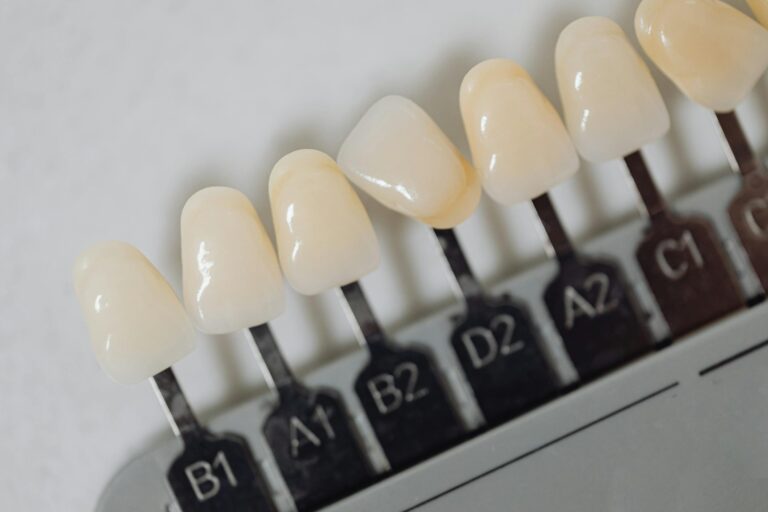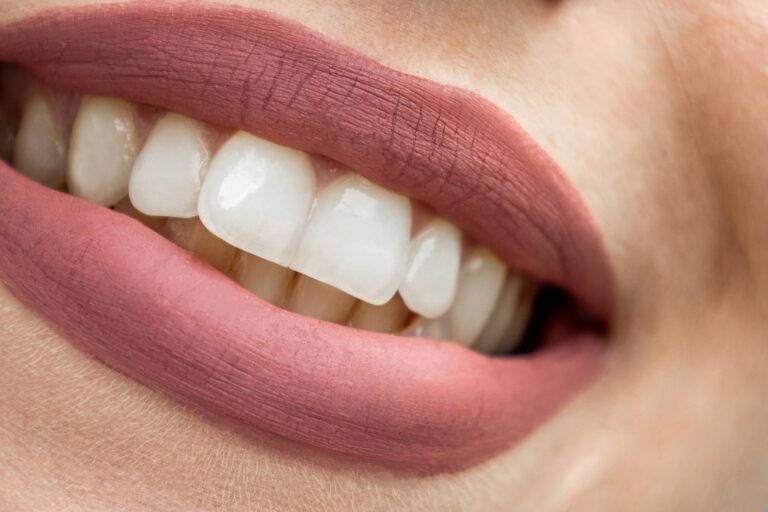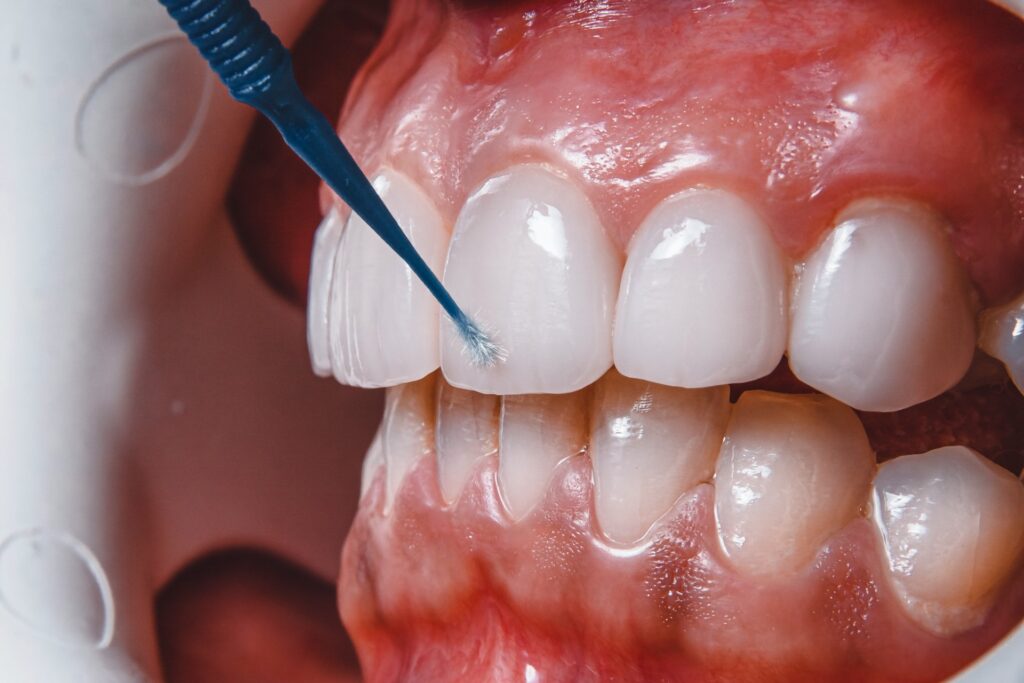
Dental bonding is a widely recognised cosmetic dentistry procedure aimed at enhancing the overall appearance of one’s smile. This technique involves applying a tooth-coloured resin to address minor imperfections, such as chips, gaps, or discolouration.
In this article, we will explore the benefits of dental bonding, including dental bonding’s cost-effectiveness and its capacity to improve aesthetics. You will learn about the step-by-step process involved, how long the results typically last, recovery tips, and any potential risks associated with the procedure.
Discover how dental bonding can truly transform your smile!
What Is Dental Bonding?
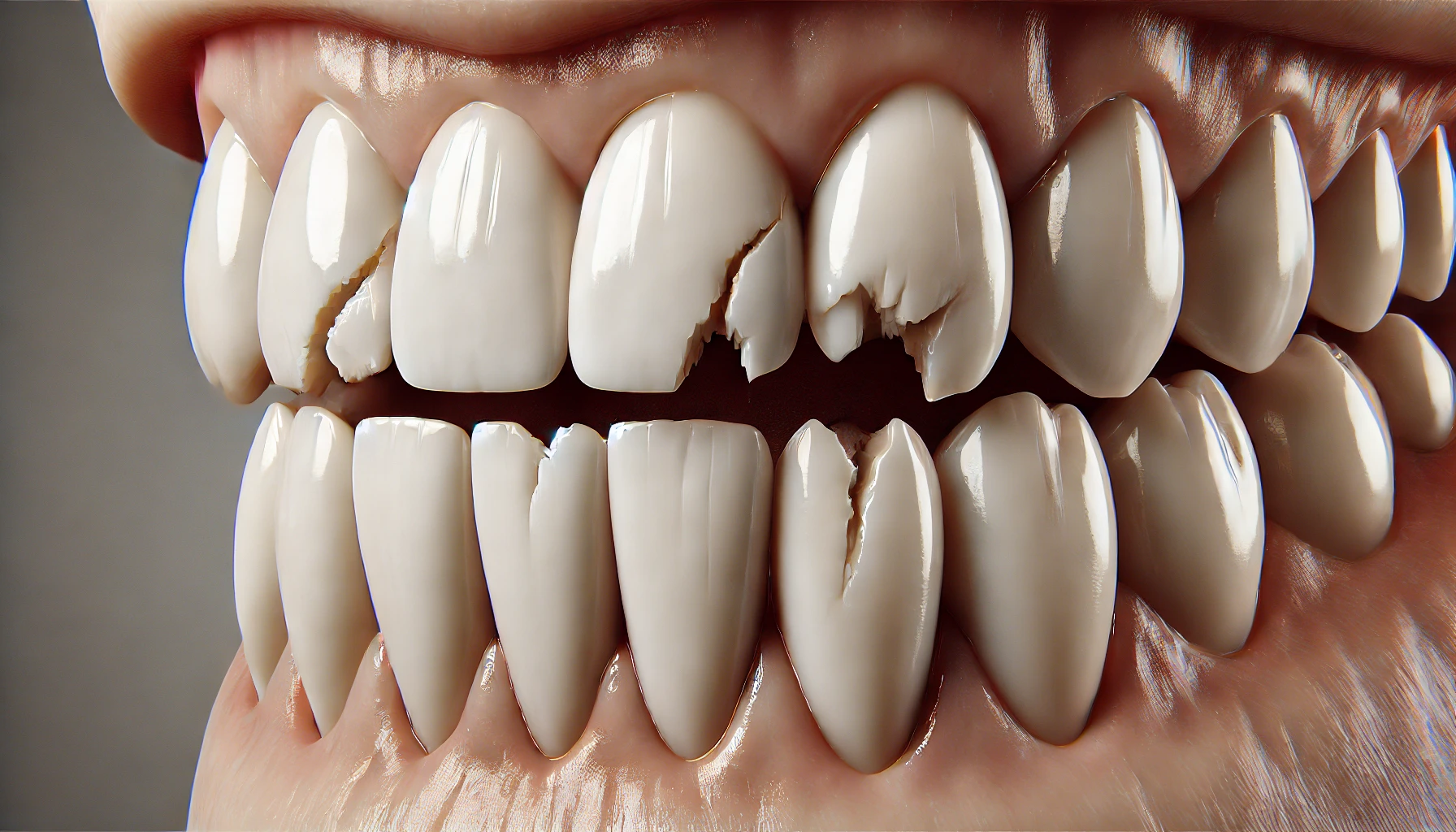
Dental bonding is a widely recognised cosmetic dentistry procedure that involves the application of a dental adhesive to attach a resin material directly to the surface of a tooth.
This process not only enhances the tooth’s aesthetic appeal but also helps restore its structure. It is an effective solution for various dental issues, such as cavities, tooth decay, and minor chips.
As a result, patients can experience notable improvements in their smile aesthetics and an increase in their overall confidence.
What Are the Benefits of Dental Bonding?
Dental bonding presents a variety of advantages that appeal to those seeking to enhance their smile aesthetics and tackle minor dental concerns.
It stands out as a cost-effective alternative to other cosmetic procedures, offering quick results while significantly improving dental appearance. Additionally, the process involves minimal discomfort and downtime, making it a practical choice for many individuals.
1. Improves Appearance
One of the primary benefits of dental bonding lies in its remarkable ability to enhance the aesthetics of teeth, resulting in a brighter, more uniform smile. This cosmetic procedure employs a dental composite that can be precisely colour-matched to the existing teeth, ensuring a seamless appearance.
Dental bonding effectively addresses common cosmetic concerns such as discolouration, minor chips, and gaps between teeth, making it an essential option for enhancing overall dental appearance.
For instance, individuals dealing with stubborn stains that resist whitening treatments may find relief through bonding, as it effectively covers the discoloured enamel. Similarly, those with small chips caused by everyday wear or accidental impacts can have their tooth’s integrity restored, all while blending seamlessly with the surrounding dental structure.
It is vital that the shade of the composite closely matches the natural colour of the teeth; this attention to detail underscores the artistry involved in the procedure. Such a meticulous approach not only improves aesthetics but also significantly boosts confidence, allowing individuals to showcase their revitalised smiles with pride and assurance.
2. Fixes Minor Cosmetic Issues
Dental bonding serves as an effective solution for addressing minor cosmetic issues, including chips, cracks, and gaps between teeth. This restorative dentistry technique is versatile and can be customised to meet the unique needs of each patient.
For instance, consider a patient who experienced a small chip due to an accidental fall. After the dentist applied bonding material, the patient experienced significant relief and satisfaction, as the damage was seamlessly repaired. Similarly, individuals who face challenges with noticeable gaps often report a renewed sense of confidence following bonding procedures that they initially thought would be lengthy and complex.
The application process for dental bonding is relatively quick, often completed in just one visit. This allows for immediate improvements in dental aesthetics, which is especially appealing to those who may be apprehensive about lengthy restoration treatments.
Over time, many patients have noted that dental bonding not only enhances their smiles but also positively influences their social interactions and boosts their self-esteem.
3. Cost-effective
One of the notable advantages of dental bonding is its cost-effectiveness when compared to other cosmetic procedures, such as veneers or crowns. Many dental practices provide flexible payment options, and dental insurance may cover part of the bonding costs, making it a viable choice for a broader range of patients.
This affordability positions dental bonding as an appealing option for individuals looking to enhance their smiles without straining their budgets. Various factors can influence the overall cost, including the location of the dental practice, the experience of the dentist, and the complexity of the procedure.
Patients often have the opportunity to utilise insurance benefits, which can significantly lower their out-of-pocket expenses.
It is essential for patients to undergo comprehensive dental evaluations before any treatment. This ensures that they are well-informed about their options and the associated costs, enabling them to make the most financially prudent decision regarding their oral health.
What Are the Steps of the Dental Bonding Process?

The dental bonding process is a relatively simple procedure that consists of several important steps aimed at achieving the best possible results and ensuring patient satisfaction.
During the dental consultation, the dentist evaluates the condition of the tooth and explains the steps involved in the procedure. These steps typically include:
- Preparation of the tooth
- Application of a bonding agent
- Shaping the resin material to blend seamlessly with the existing tooth structure
1. Preparation
The dental bonding process begins with an important step: preparation. This involves cleaning the tooth and etching the enamel, which enhances the effectiveness of the bonding agent. Such careful preparation is vital for achieving a successful bond with long-lasting results.
Dental professionals emphasise that maintaining optimal dental hygiene before the bonding procedure sets the stage for successful outcomes. By thoroughly cleaning the tooth surface, practitioners remove any debris, plaque, or bacteria that could potentially compromise the bond.
Etching the enamel creates microscopic roughness, allowing the bonding agent to penetrate and adhere more effectively to the tooth structure. This meticulous approach not only enhances the durability of the bond but also minimises the likelihood of future issues, such as decay or sensitivity.
Experts agree that spending time on this initial phase can significantly extend the lifespan of the bonding, enabling patients to enjoy both aesthetic and functional benefits for many years to come.
2. Bonding Agent Application
Once the preparation is complete, a bonding agent is applied to the etched surface of the tooth. This serves as a dental adhesive, ensuring that the resin material adheres firmly. This step is crucial in the bonding techniques used by dental professionals.
The bonding agent not only facilitates adhesion but also extends the longevity of the restoration by sealing the interface between the tooth structure and the resin.
There are various bonding techniques available, including:
- total-etch
- self-etch
- wash-and-dry methods
Each of which plays a significant role in enhancing the effectiveness of dental bonding.
Each technique comes with its own set of advantages, providing versatility depending on the specific clinical situation. For example, total-etch often yields superior bonding strength in many cases, while self-etch simplifies the process and minimises the risk of postoperative sensitivity.
By understanding these differences, practitioners can customise their methods, ultimately resulting in more durable and aesthetically pleasing outcomes for their patients.
3. Resin Application
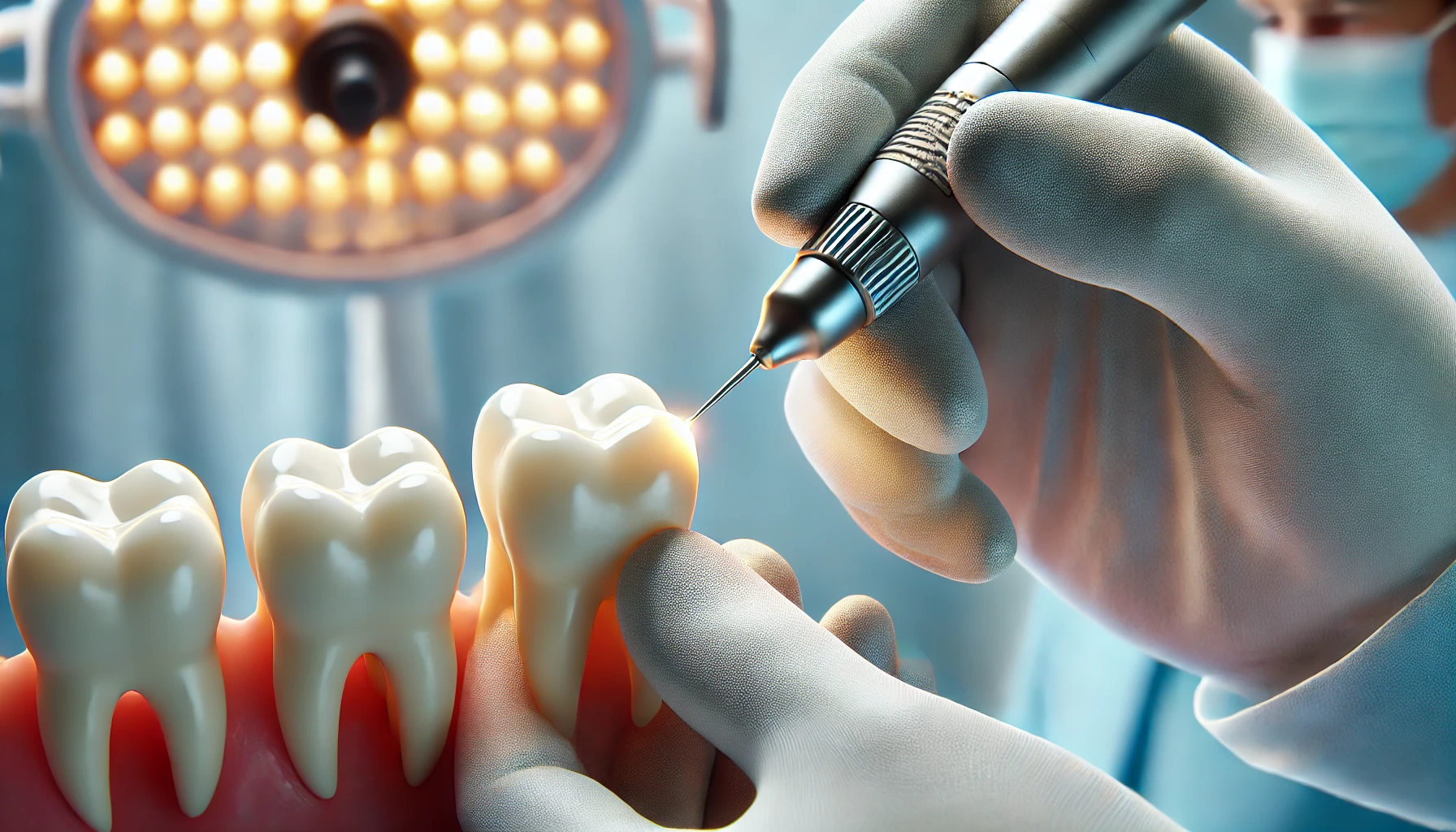
Once the bonding agent is properly set, a tooth-coloured resin material is carefully applied to the tooth. This allows the dentist to shape and mould the resin to achieve the desired aesthetic outcome. The resin material is essential for the bonding application and plays a crucial role in the overall effectiveness of the dental restoration.
Applying the resin is not just a technical procedure; it requires a keen eye for detail and an understanding of how light interacts with natural enamel. This is where the artistry of dentistry truly shines.
Skilled dental technicians play a significant role in this process, using their expertise to ensure that the colour, texture, and translucency of the resin closely resemble the surrounding teeth. Their meticulous work is vital for blending restorations seamlessly, making them nearly indistinguishable from the natural tooth structure.
This level of precision and care is essential for achieving results that not only enhance dental aesthetics but also boost patient confidence in their smiles.
4. Shaping and Curing
After the dentist applies the resin, they carefully shape the material to align with the natural contours of the tooth, ensuring a seamless integration into the smile. Following this shaping process, a curing light is used to harden the resin, which enhances the durability of the bond.
This procedure involves specific tools, with the curing light being particularly important. It emits a precise wavelength of light that activates the resin’s photoinitiators, prompting them to polymerise. Proper use of the curing light is crucial, as it ensures that every layer of resin is thoroughly cured, preventing any areas that could potentially lead to complications in the future.
During this stage, the dentist pays close attention to the exposure time and distance, as these factors are vital for achieving the desired strength and longevity of the bond. Ultimately, this careful focus on both shaping and curing plays a significant role in the overall success of restorative procedures, contributing not only to the aesthetic appeal but also to the robust functionality of the restoration.
5. Polishing
The final step in the bonding process involves polishing, during which the dentist smooths the surface of the bonded resin to create a natural appearance and enhance dental aesthetics. This step is crucial for ensuring patient comfort and satisfaction with the final results.
Polishing not only elevates the visual appeal of the teeth but also minimises the risk of plaque accumulation and staining. Techniques such as utilising a fine diamond bur or a specialised polishing kit allow the dentist to refine the composite material to seamlessly match the surrounding teeth.
Following the bonding treatment, it is important for patients to be informed about appropriate oral hygiene practices. This includes the use of non-abrasive toothpaste and scheduling regular dental check-ups. Additionally, limiting the consumption of staining foods and beverages will help maintain the shine of the bonded teeth.
Consistent brushing and flossing are essential in preventing potential issues and ensuring that the results of the bonding last as long as possible.
How Long Does Dental Bonding Last?
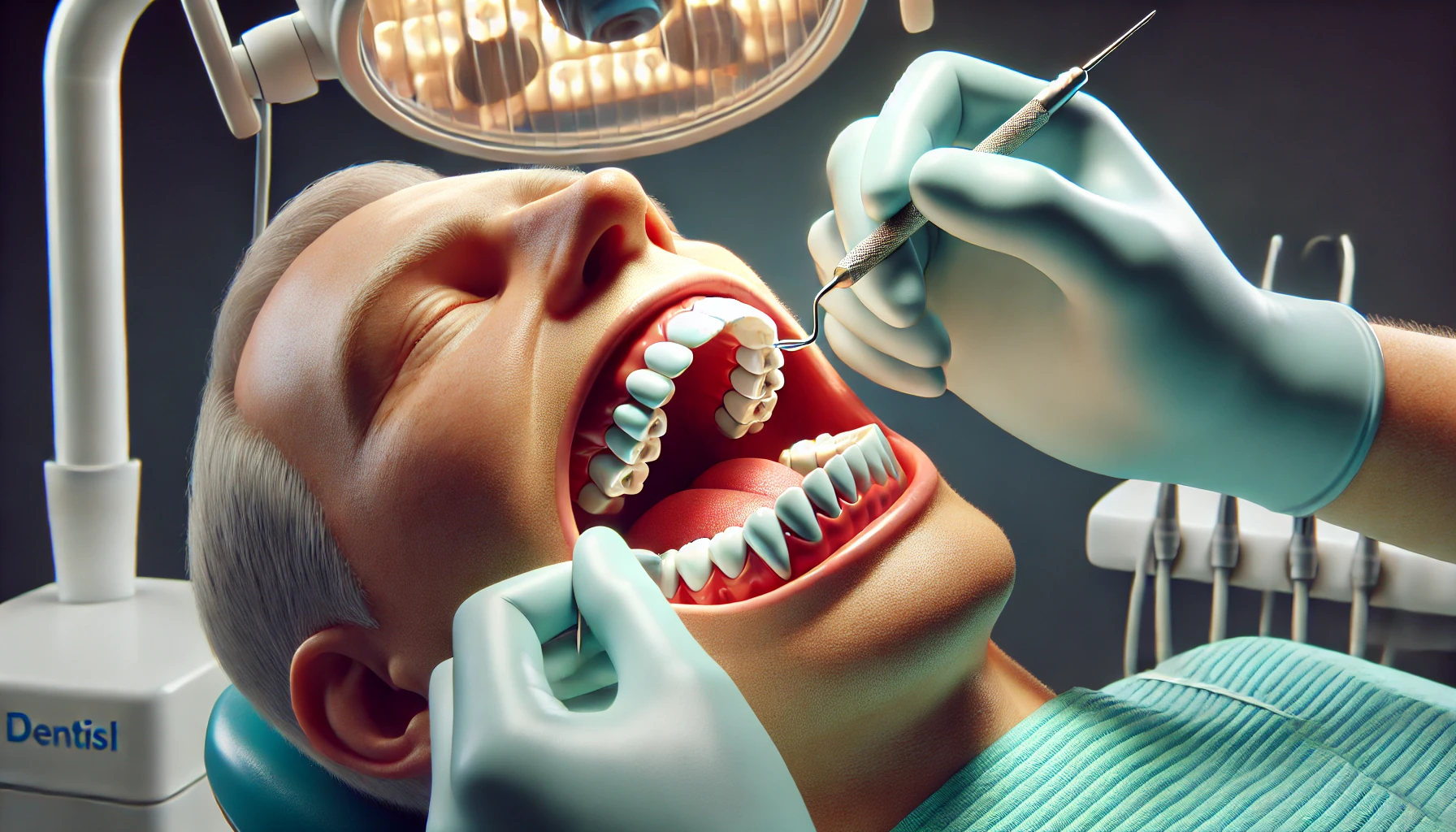
The longevity of dental bonding is influenced by several factors, such as the materials used, the bonding technique employed, and the patient’s oral hygiene practices.
When cared for properly, dental bonding can yield long-lasting results, playing a significant role in maintaining overall dental health.
Factors That Affect Bonding Durability
Several factors can significantly influence the durability of dental bonding, including the patient’s oral health, the quality of the bonding materials used, and adherence to proper dental maintenance practices. Understanding these elements is essential for maximising the lifespan of dental restorations.
Maintaining a healthy oral environment is critical to ensuring that the bonding adheres properly and remains intact over time. Regular dental check-ups are vital in this regard, as they allow dental professionals to monitor the condition of bonded areas and address any potential issues before they escalate.
Practising good oral hygiene, such as brushing twice a day with a non-abrasive toothpaste and flossing regularly, is key to preventing plaque accumulation that could compromise dental work. Additionally, avoiding habits like biting on hard objects and minimising the consumption of staining foods can further enhance the longevity of bonded teeth.
For individuals with bonded areas, it is advisable to use gentle dental products and consider wearing mouthguards if they tend to grind their teeth at night. Such measures contribute to optimal dental health and help ensure the durability of restorations.
What Is the Recovery Process for Dental Bonding?
The recovery process after dental bonding is generally quite simple, with most patients experiencing minimal discomfort and quickly returning to their usual activities. Understanding the necessary post-treatment care is essential for ensuring lasting satisfaction and optimal results.
To attain the best outcomes, individuals should adhere to specific guidelines during the recovery phase. It is vital to avoid hard, sticky, or extremely hot foods for the first 24 hours, as these could compromise the integrity of the bonding material.
Maintaining excellent dental hygiene is also crucial; gentle brushing and regular flossing will aid in healing and help prevent any unwanted plaque build-up around the newly bonded area.
Most patients can expect slight sensitivity during the initial recovery period, but this typically subsides quickly. Exercising patience during this time is important, as the body needs to adapt and heal, allowing individuals to enjoy their renewed smile without complications.
What Are the Risks and Side Effects of Dental Bonding?

Dental bonding is typically considered a safe procedure; however, it is important for patients to be aware of the potential risks and side effects.
These may include tooth sensitivity and the possibility of the bonding material failing over time.
It is essential to address these risks during your dental consultation to ensure you are fully informed.
1. Sensitivity
Tooth sensitivity is a common side effect that may occur following dental bonding, often due to the exposure of the tooth structure during the procedure. It is important for patients to be informed about this potential issue and how to manage it effectively.
The sensitivity is frequently associated with the enamel etching process, where a mild acidic solution is applied to improve bonding. This etching process may temporarily weaken the enamel layer, exposing the underlying dentine to sensations from hot or cold stimuli.
Additionally, the application of resin can contribute to this temporary discomfort as it interacts with the tooth structure. To alleviate sensitivity, patients may consider using desensitising toothpaste, which can help soothe nerve endings.
Maintaining open communication with the dentist regarding any discomfort experienced is essential. This way, the dentist can provide tailored solutions and adjustments to enhance comfort following the procedure.
2. Discoloration
Discolouration of bonded teeth can develop over time, particularly when proper dental hygiene practices are not adhered to. It is essential to understand how to maintain the aesthetics of bonded teeth to ensure long-term satisfaction.
Several factors contribute to this discolouration, including dietary habits such as consuming deeply pigmented foods and beverages like coffee, tea, and red wine. Additionally, habits like smoking can worsen staining on dental bonding. Inadequate oral hygiene, such as inconsistent brushing and flossing, can lead to plaque build-up, further affecting the appearance of the bonding material.
To prevent discolouration, individuals should take a proactive approach by:
- Limiting the intake of staining substances
- Maintaining a consistent oral hygiene routine
- Scheduling regular dental cleanings
Implementing these measures can significantly enhance the longevity and brilliance of bonded teeth, ensuring they remain an attractive feature of one’s smile.
3. Chipping or Cracking
Chipping or cracking of the bonded material can occur when excessive force or impact is applied, which underscores the importance of understanding the limitations of dental bonding. It is crucial for patients to know how to care for their bonded teeth effectively.
Several factors can contribute to these issues, including the type of bonding material used, the specific location of the bonding, and personal habits such as teeth grinding or biting down on hard objects.
To minimise the risk of chipping or cracking, individuals are encouraged to maintain good oral hygiene practices by brushing and flossing regularly. Additionally, wearing a mouthguard during sports activities can offer important protection for bonded teeth against unexpected trauma.
It is also advisable to refrain from using teeth as tools for opening packages or bottles. Regular dental check-ups are essential, as they allow professionals to assess the condition of any bonded areas and provide personalised guidance based on individual dental health needs.
4. Allergic Reactions
Allergic reactions to dental bonding materials, while rare, can occur in some patients. This situation underscores the necessity of conducting thorough assessments of patients prior to the procedure. A solid understanding of the materials used can significantly mitigate these risks.
Commonly employed dental bonding materials consist of composite resins, adhesives, and etchants, each containing various chemical components that may elicit sensitivity in certain individuals. For example, some resins include methacrylate, which can trigger adverse reactions in those with known sensitivities. This situation emphasises the importance of discussing medical and allergy histories during dental consultations, as even mild reactions can lead to discomfort and complications after treatment.
Patients are encouraged to communicate any previous allergies or reactions they have experienced. This open dialogue allows dental professionals to tailor treatment plans and select the safest materials, ultimately ensuring a more positive dental experience for everyone involved.
Frequently Asked Questions
What is Dental Bonding?
Dental bonding is a cosmetic dental procedure that involves the application of a tooth-coloured resin material to repair or improve the appearance of a tooth. It is commonly used to fix minor chips, cracks, gaps, and discolouration on teeth.
How does the bonding process work?
First, the dentist will clean and prepare the tooth surface. Then, they will apply a gentle acid to roughen the tooth and help the bonding material adhere. Next, the resin material is applied, shaped, and hardened with a special light. Finally, the bonded tooth is polished to match the surrounding teeth.
Who is a good candidate for dental bonding?
Dental bonding is a great option for individuals who have minor cosmetic issues with their teeth, such as small chips, cracks, or discolouration. It is also a good choice for those who want a quick and affordable solution for improving their smile.
Is dental bonding a painful procedure?
No, dental bonding is not a painful procedure. The use of local anaesthesia is usually not necessary, as the process is minimally invasive. Some patients may experience mild sensitivity or discomfort during the procedure, but it is usually tolerable.
How long does dental bonding last?
The lifespan of dental bonding depends on the individual’s oral hygiene habits and lifestyle. With proper care, bonding can last for several years. However, the bonding material is not as durable as natural teeth, and it may need to be touched up or replaced over time.
Are there any risks or side effects associated with dental bonding?
Dental bonding is generally a safe and effective procedure. However, some potential risks or side effects may include sensitivity, allergic reactions to the bonding material, or the bonding material becoming discoloured over time. It is best to consult with a dentist to address any concerns before undergoing the procedure.
